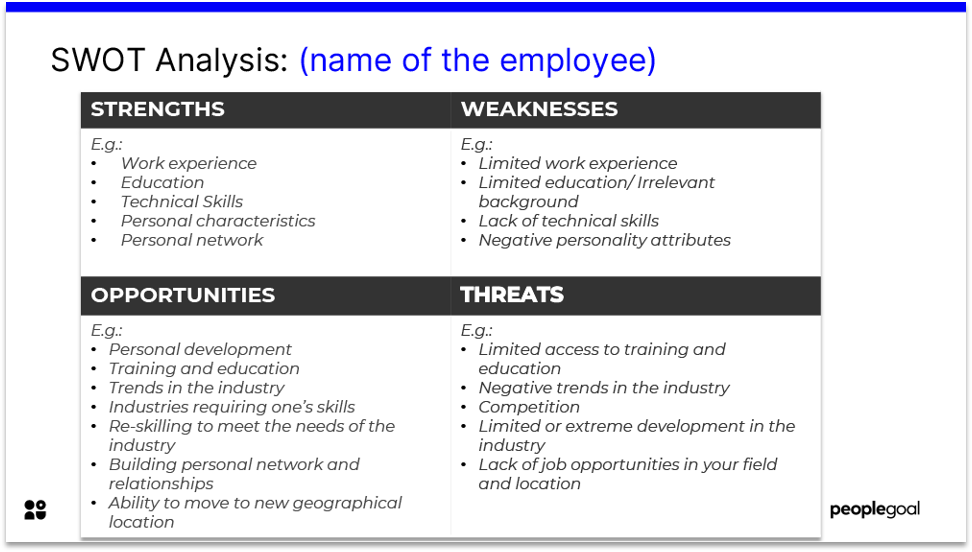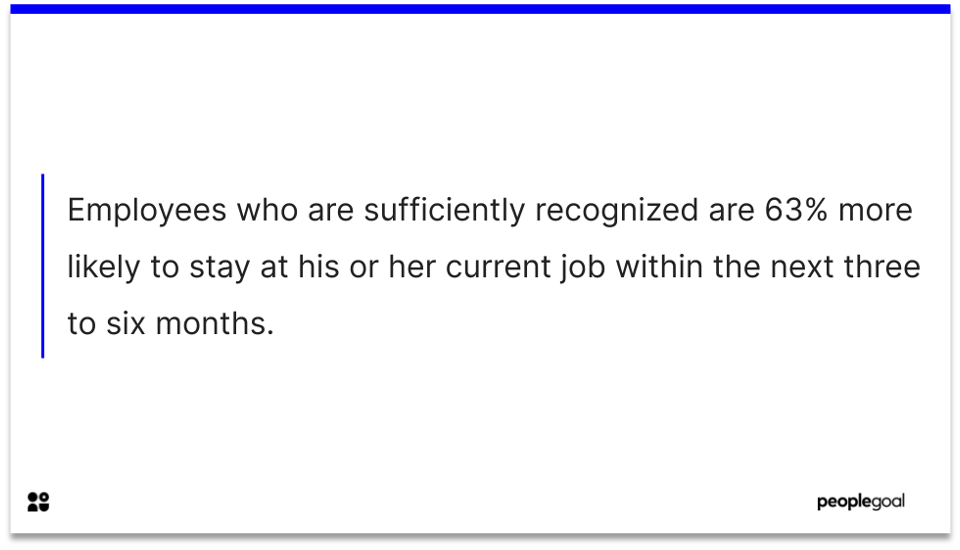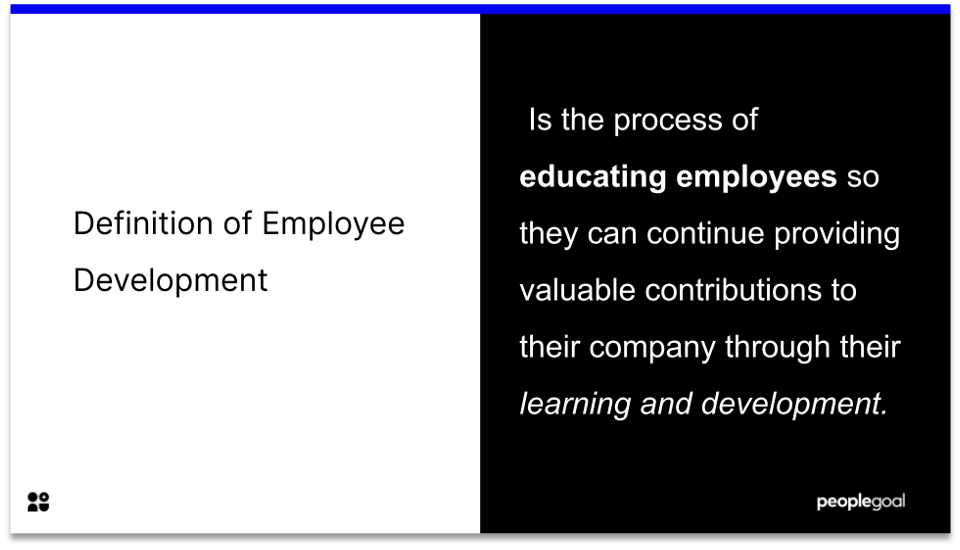In 2018 there were 5.7 million private businesses established in the UK alone. Yet, about 90% of start-ups fail. A key tactic for organizations to remain competitive is their ability to implement continuous and transformational change. Leadership plays an essential role in an organization’s ability to innovate and adjust to dynamic markets, and to maintain their competitive advantage. Thus leadership proves to have an instrumental role in driving new ventures as well as well-established organizations to thrive.
On the other hand, leaders are believed to be one of the main reasons why companies fail to innovate and adjust to change. Some suggest that emerging leaders are not taught how to think critically and be able to solve the myriad of unexpected challenges that all organisations face. Therefore, as Bersin suggests, we need to ask ourselves one crucial question: how do we provide future leaders with the tools and data needed to continually improve and develop a new generation of leaders?
Over the past few decades, multiple complex techniques and methods have been developed addressing leadership styles that foster innovation and complement changes. These styles include theories such as transformational leadership, servant leadership, entrepreneurial leadership and innovation leadership, among others. Nevertheless, these theories provide in-depth understanding of common behaviors and traits of leaders. Peter Anderton, in his talk “Great leadership comes down to only two rules”, highlights that the development of the numerous complex theories buried the true purpose of leadership. Anderton explains that despite leadership not being easy it is simple, and it can be achieved through two simple rules.
Embedded content: https://www.youtube.com/watch?v=oDsMlmfLjd4
Rule #1: It is not about you; it is about people.
Across the centuries of human existence some of the most influential leaders have recognized that the best leaders are the ones that are not seen and make their followers feel like they achieved their goals by themselves. The idea is supported by transformational leadership, according to which, a leader is able to inspire others and develop a shared vision. Leaders can only deliver results through other people. The world today is too complex for only one person to have all the answers. As Eleanor Roosevelt said; “A good leader inspires people to have confidence in the leader; a great leader inspires people to have confidence in themselves." Therefore, innovative leaders are not afraid of hiring people smarter than them and allowing them space and support to develop a rage of competencies and perspectives; driving innovation, which is essential for maintaining the competitive advantage and growth of an organisation. Great leaders do not create followers; instead, they create more leaders.
Rule #2; It’s all about you.
The second rule introduced by Anderton is that it’s all about you. According to Dee Hock, a founder of VISA, one needs to devote at least 40% of their time in leading yourself before leading others. It is essential for a leader to be aware of their strengths and weaknesses and have a strong understanding of what is they aim to reach. Only then can a leader live the change they want to achieve, set an example for others and be truly authentic and transparent. A leader needs to have a true passion for a change they want to make to embody their vision and inspire others. Self-leadership is “an influence-related process through which individuals (and working groups) navigate, motivate and lead themselves towards achieving desired behaviors and outcomes”. Self-leadership also helps to maintain positivity and happiness, which has positive effects on one’s performance.
Lars Sudmann suggests simple methods and techniques to adopt, in order to improve one’s self-leadership skills. According to him, self-leadership can be broken down to 3 aspects; self-awareness, self-reflexion and self-evaluation. A strategy Sudmann offers for self-awareness is a character traits check. Ask yourself who was the worst leader you ever had. What he/she did wrong? How does that resonate with you? What is the plan to improve? It can also be valuable to be aware of common characteristics of great leaders, evaluate which of these traits one already possesses and which ones needs to be developed further. Five minutes of self-reflection a day, spent considering one’s challenges and achievements, can not only provide room for self-improvement but also significantly raise one’s compassion levels towards others. Lastly, self-regulation can be achieved through re-framing, assessing the importance of an issue every time an issue occurs and taking a step back to consider the problem from a more holistic view. These simple techniques and tools allow a leader to continually improve their performance in managing people and enable others to thrive along them, and consequently allow the organisation to grow.

Why self-leadership matters in organizations
These two rules also help to address the two main challenges that entrepreneurial leaders face; creating a shared vision and building a team.
Most start-up leaders do not fail because of their own incapability but due to a lack of coaching. Entrepreneurial leadership is one of the most challenging forms of leadership as the founder starts alone or with a small team of devoted individuals. Not having a right team is the third most common reason why companies fail. Therefore, it is vital for entrepreneurs to be aware of their limits and to hire the best talent to make up for these limits and create an inclusive culture to mitigate the pressure that comes with starting a new venture.
As a company matures the leadership style needs to be adjusted to continue to prosper. To further understand how to implement change to your organisation you can download our whitepaper. However, implementing change is also about what companies are willing to give up. Companies such as Google, Slack or Zappos grasped why restructuring and changing the internal organization of traditional businesses models is essential for maintaining growth in innovative companies. These companies recognized the need for innovation in today’s dynamic society, where the traditional organizational hierarchy is no longer effective. Multi-disciplinary, diverse teams are at the heart of innovative organizations, as they can make autonomous decisions and enable the company to react to environmental changes faster and in a more flexible manner. Hence, every employee needs to be leading the change, supporting others and making informed decisions to support their team. Company leaders need to be prepared to let go and to trust their employees to make these decisions and successfully implement change themselves.
Self-leadership should be implemented by every leader to understand their own strengths and weaknesses and to reflect on who they are. Self-awareness can help leaders to become authentic and transparent in leading the change they want to make. Furthermore, leaders should surround themselves with capable and diverse individuals, and provide them with support and coaching to reach their full potential and eventually become leaders themselves. Self-leadership can be combined with more complex leadership styles and can enable entrepreneurs to face the unexpected challenges of starting new business as well as leaders in well-established organizations to apply change and innovate.
If you enjoyed reading this blog or just wanted to learn more about different areas in the HR sphere, return to the blog. If you’re interested in what PeopleGoal is and how we can help you, read our reviews and FAQ’s;or reach out to us directly at contact@peoplegoal.com
Ready to 3x Your Teams' Performance?
Use the best performance management software to align goals, track progress, and boost employee engagement.






